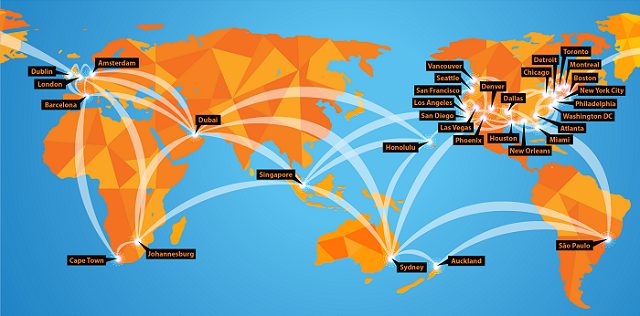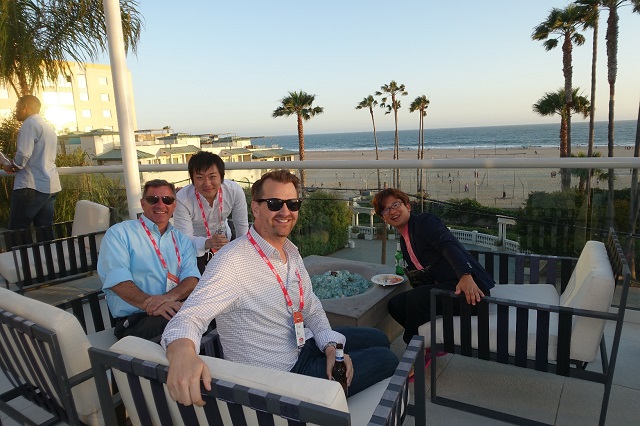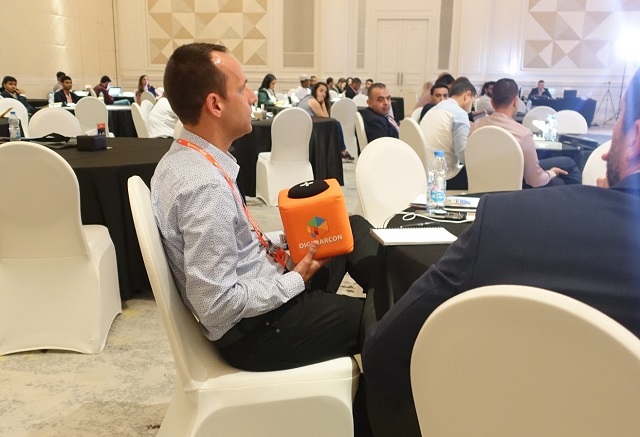Here’s How to Create a Product Page That Converts
By MoosaHemani
Posted by MoosaHemani
This post was originally in YouMoz, and was promoted to the main blog because it provides great value and interest to our community. The author’s views are entirely his or her own and may not reflect the views of Moz, Inc.
[Estimated read time: 13 minutes]
An effective e-commerce product page captures the audience’s attention and compels them to convert to paying customers.
Many e-commerce businesses believe a product page is all about high-resolution images with detailed descriptions for each product.
Although these are important areas that need to be considered, thinking that they are the only elements needed to win the game for you is overly simplistic.
In this post, I’ll discuss the elements that make a product page captivating for visitors. I’ll discuss in detail the things you should consider doing on your product pages so that they stand out from the competition.
Product URLs must be a priority
Let me start out with something that’s critical to get right, yet is often neglected: optimizing product URLs. Unfortunately, I know dozens of e-commerce stores that don’t consider the URL to be part of a product page at all, much less one of the most important parts.
Well, guys, they’re wrong. Ignoring this vital fact can seriously impede your click-through-rate (CTR), especially in terms of organic searches.
Remember, there are literally thousands of choices for a visitor once she decides to buy a product online. She will go for options that she’s satisfied with. Let’s suppose a user runs a Google search and sees this in the results:

Note: I’ve purposely hidden the titles and descriptions so you can focus on the URLs.
Now, try and understand the psychology of a potential customer who has multiple available choices online. Look closely at the two URLs given above. Which one would you click if you were looking to buy men’s shirts?
Naturally, the first one — it’s clear that upon clicking the link, you will directly land on the men’s clothing section of an e-commerce site. The second URL, on the other hand, look like it will take you to a brand page — which may or may not offer the shirts you’re looking for. (The second URL doesn’t make it clear whether they’re selling shirts for men or women.)
Takeaway: SEO-friendly URLs aren’t simply important because they’ll give you better rankings in search engines; they also answer basic questions pertaining to the buyer’s awareness stage.
A URL must give a clear indication of where the user will land once he clicks it; therefore, it must be relevant to the search query.
Think carefully about product titles
Your titles should be SEO-friendly, but there’s a very fine line between SEO-friendly titles and overly optimized title tags.

Catchy and attractive titles can significantly increase the number of clicks.
Let’s suppose you’re searching for “business plan consultant” and all you see is a title loaded with different keywords that basically mean the same thing. Now compare this to another page that has the correct keywords to please potential buyers …read more
Source:: Moz Blog






























